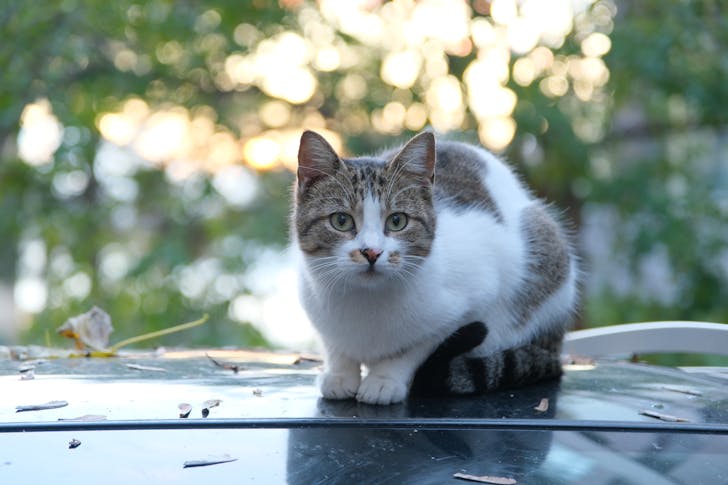Cats have always had a mysterious way of bonding with their humans, often making us wonder just how well they recognize us. New findings from researchers at the Tokyo University of Agriculture have shed some light on one of the key ways cats identify the people around them—and it’s all in the nose.
In this study, scientists explored whether domestic cats could tell the difference between the scent of their owner and that of a stranger.
Thirty cats were presented with three types of scent samples in plastic tubes: one containing their owner's smell, one from an unfamiliar person of the same gender, and one clean tube without any scent. Each swab had been rubbed on common scent-producing areas—under the arms, behind the ears, and between the toes.
The results were pretty clear. Cats consistently spent more time sniffing the scent of the stranger than their owner’s or the scentless tube. This behavior indicates that cats recognize familiar and unfamiliar human odors and show more curiosity toward the unknown.
This kind of reaction is actually pretty common in cats. Past research has found that weaned kittens often spend more time sniffing unfamiliar female cats than their own mothers. That curiosity toward new scents seems to be a normal part of how they explore and make sense of their surroundings.

Pexels | Yaşar Başkurt | Cats distinguish familiar people by smell, though individual identification by scent is unproven.
The research doesn’t stop there. It also found that many of the cats rubbed their faces against the tubes after sniffing, a classic behavior associated with scent marking. This suggests that sniffing might not just be about identification—it may also signal the start of territorial behavior.
Still, the researchers are cautious about drawing strong conclusions.
Hidehiko Uchiyama, one of the researchers behind the study, explained that the team was looking at how cats respond to familiar versus unfamiliar scents. “To really know whether cats can recognize individual people by smell,” he said, “we’d need to go further—test a wider range of familiar scents and see if the same behaviors show up again and again.”
Serenella d’Ingeo, a researcher from the University of Bari who wasn't involved in the study, added another layer to consider. She suggested that having the cats’ owners nearby during the tests could have influenced how the animals responded. “When a cat picks up an unfamiliar scent in a space that already smells like their owner,” she said, “that contrast might make them more curious than they’d be otherwise.”
This research shows cats use their strong sense of smell to distinguish familiar from unfamiliar people, though it doesn’t confirm if they can identify individuals by scent alone.
Cats are highly observant, picking up subtle sensory cues that reveal their sensitivity to their environment and the humans around them. For cats, scent is a big part of how they bond with the people around them. It’s less about indifference and more about quiet attentiveness.
They pick up on things we barely notice. like the smell of a worn sock or the faint scent behind your ear. It’s their way of staying connected, even when it seems like they’re doing their own thing.
